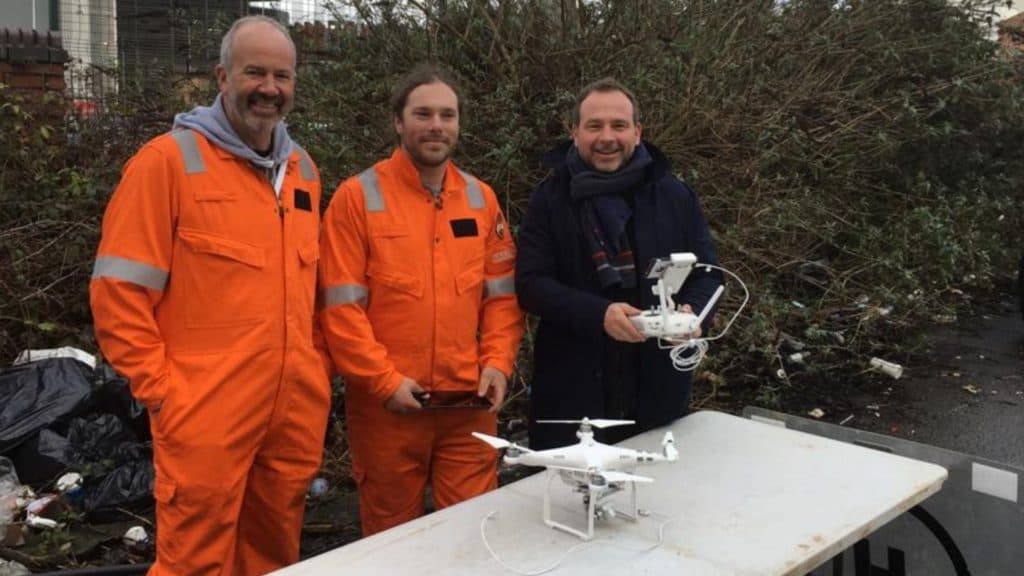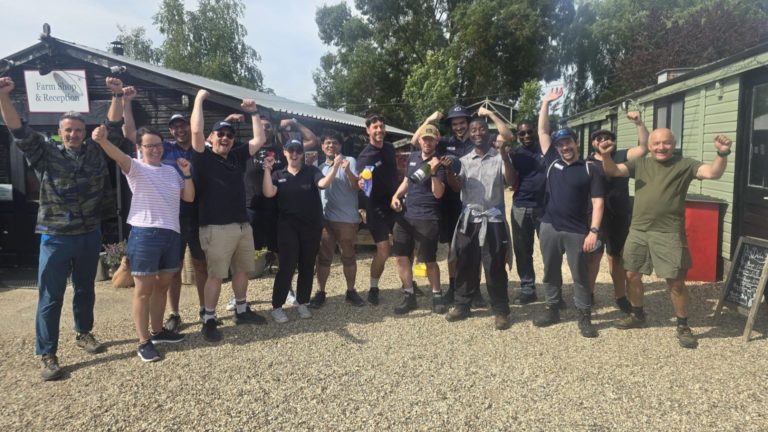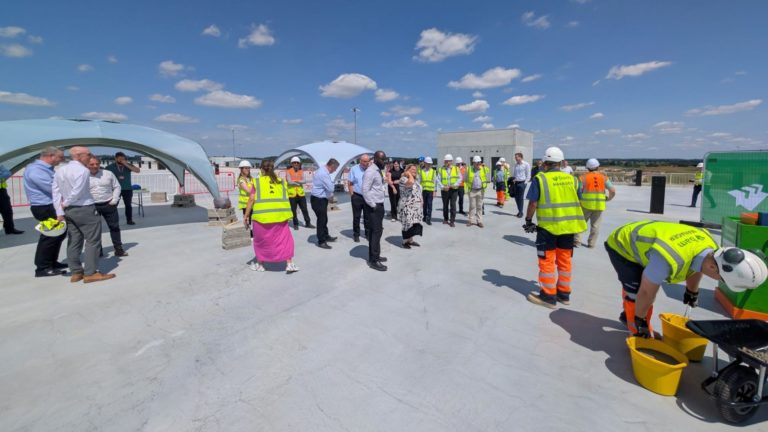
06 December 2021
Share
4 ways Drones can bring added value on Engineering Projects
Extending human operations with detailed insights
In 1935 the first modern drone, an 82B Queen Bee aircraft, was used as a low-cost radio-controlled drone for aerial target practice. This is considered by many to be the first modern camera drone. Move forward 8 decades and we are using drones to speed up the process of data collection from site, inspect hard-to-reach or contaminated areas increasing employee safety, and improve detailed 3D maps to support planning and designing of new worksites and evaluate distances between installations.
Drones help extend human operations by enabling remote sensing as well as detailed insights for predictive capabilities. Such capabilities offer key benefits like cost reduction, risk mitigation and quality improvements.
They also bring added value to engineering projects by:
- Inspecting structures without the need for invasive pre-work
- Visit contaminated areas and perform risky jobs which may not be suitable for workplace safety
- New insights from drone data not captured before
- Assisting the engineers with their productivity when enhancing existing processes with some degree of automation.
This is why using Drones at our Heaps Mill site was a decision we took automatically so that we could investigate a historic building site with minimal risk to our employees. The analysis of this data significantly improved operational intelligence and predictive maintenance.
The drone imagery was compared to the topographic contour drawings provided by the owner and was then used for quality control purposes by the project team to detect possible discrepancies between the drawings and the site. The information gained from this comparison was then used to update the project budget, timeline and scope.
Using the drone as a safety measure was invaluable for this project, helping us to ensure the work could be carried out in a timely manner even though the site had been abandoned and was in poor condition. The photographic stills of the roof were used for detailed analysis and saved the client any additional costs as the fabric of the building remained intact.
Read more in our project here:




